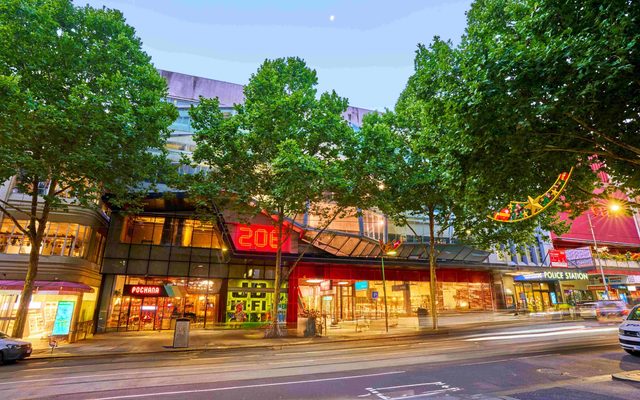This article is from the Australian Property Journal archive
SHOPPING centre transactions froze over during winter – despite more than 400,000 sqm of retail space being placed to the market – as the gap between the expectations of buyers and sellers widens.
According to researchers The Data App, deals in the three months to August were down 62.5% year-on-year, with the value of deals falling by a similar amount to $220,303,000.
The Data App director Rob Ellis said that during the period, a shade over 160,000 sqm was transacted.
“This implies a supply overhang of close to 250,000 sqm of retail space and, while accepting the lags between listing and sales, this supply/demand differential has been a recurring trend.
“It continues to be the case very few shopping centres are changing hands.
“Clearly, the lack of shopping centre transactions and the supply overhang illustrates the mismatch between buyer and seller price expectations. Notwithstanding a near-term decline in interest and an across-the-board acceleration in retail spending, shopping centre transactions are unlikely to show a meaningful pick-up without an uplift in cap rates.”
The shift in consumer spending away from brick-and-mortar retail has dented demand for retail assets, according to MSCI, which has contributed to increases in yields. MSCI’s head of research, Benjamin Martin-Henry speaking on Australian Property Journal’s latest edition of the Talking Property podcast, said pricing is a “huge problem” in the commercial real estate market, and that a price adjustment of slightly higher than 15% to 18% is required in the retail sector in order to get back to long-term liquidity levels.
Ellis said the dearth of transactions makes the accuracy of cap rates particularly different, and furthermore because deals have been dominated by non-discretionary, supermarket-dominated small retail assets. Of the recorded sales, cap rates were down 35 basis points year-on-year to 5.77%, reflecting the tighter yields seen for the smaller assets as opposed to larger centres.
When transactions do start to pick up, large destination shopping centres, with a high proportion of discretionary spending retailers, will continue to see higher cap rates, Ellis said.
Ellis said it was possible that a rerating of cap rates by the AREITs could provide a catalyst for higher cap rates across the board and thereby herald stronger transaction activity.
“This could still prove to be the case, but with only a modest rise in the AREIT shopping centres cap rates, compared to actual transactions over the past year, this now seems increasingly unlikely.”
At the beginning of June, Nikos Property Group forged its second partnership with Vicinity Centres, acquiring a 50% interest in the Broadmeadows Central shopping centre from the ASX-listed retail landlord for $134.5 million, which analysts have suggested came at below a 6.68% yield, while fund manager FRP Capital grabbed convenience-based Adelaide sub-regional retail centre Brickworks Marketplace for $85 million, on a 5.43% yield, after making an unsolicited offer to owners Charter Hall Retail REIT and Telstra Super.
Also during winter, Singaporean sovereign wealth fund tipped its half-interest in north Perth’s Whitford City to the market with hopes of $250 million, while the triple-supermarket anchored Waverley Gardens Shopping Centre was put to the market with a book value of about $218 million, and AMP Capital Shopping Centre Fund put up for sale a 50% stake in Adelaide’s Westfield Tea Tree Plaza with expectations of about $350 million




